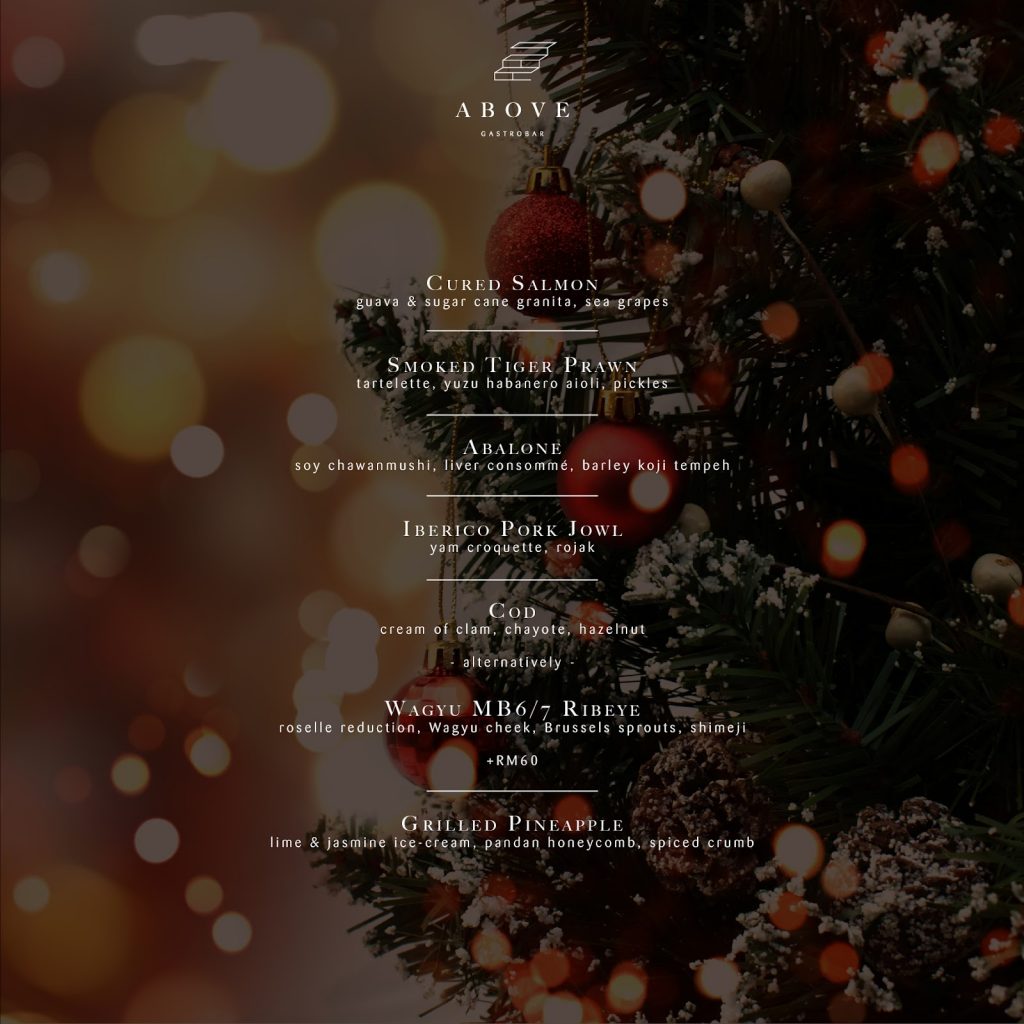Koji: The Miraculous Mold Taking the Culinary World by Storm


By SeeFoon Chan-Koppen
Having been absent for a while, recovering from a fall, I am back on the culinary scene bursting with energy and excited to discover all the new culinary delights that are popping up all over Ipoh. And learning some new tricks to boot.
Koji is a term that has been making the rounds on the global culinary scene. Superstar chef René Redzepi of Noma, 5 times winner of The World’s 50 Best Restaurant, touts koji as a workhorse in his kitchen, going so far as to title the chapter of his book The Noma Guide to Fermentation on koji “The Magic Mold”. It is no surprise that chefs worldwide are starting to pay attention to this miraculous ingredient.
What is koji? Koji is a fungus, specifically the mold Aspergillus oryzae which grows on cooked grains when the environment is right. In warm and humid conditions, koji thrives on grains like rice, barley, or even soybeans. The spores first sprout hyphae, fungal cells in the form of wispy white strands which then multiply to spread all over the grains, eventually encasing them in a thick mat of white mold.
You may be thinking, why on earth would moldy rice be delicious? In its process of feeding, A. oryzae releases enzymes like amylase which digests starch into simple sugars; protease which digests proteins into amino acids; and lipase which digests fat into fatty acids. We all know why sugars taste great. When it comes to amino acids, the one that food buffs would be highly familiar with is glutamic acid, or for laymen the G in MSG. Adding koji to food is somewhat like adding sugar and MSG, along with a whole host of aromatic compounds; almost certainly making food more delicious.
While this use of mold might sound scientific and avant-garde, we East Asians have been applying them for centuries. In fact, the first mention of koji is in a Chinese government text from around 300 BC. Since then, the use of koji has spread to other parts of Asia, and if anyone mastered the applications of koji, it would have to be the Japanese. Koji is traditionally used in producing soy sauce, miso, sake, and shochu.
Nowadays, chefs are finding more ways to enhance the flavour and texture of food using koji. Even in Ipoh, Chef YC of Above Gastrobar has been breeding koji and playing around with them in his test kitchen. In their current menu, koji is made into shio koji, a mix of koji inoculated grains, salt, and water, which is used for marinating duck breasts. The enzymes in the koji break down tough muscle fibres, effectively tenderising the duck breasts as well as imparting a hint of sake flavour.
Looking beyond what is on the plate, chef YC believes the use of koji and other enzymes make for a much more sustainable and environmentally friendly way of cooking, as they replace the use of high temperature and long cooking time to tenderise tough cuts of meat or seafood.
If you would like to see koji in action, Above Gastrobar will be featuring it in one of their courses for their Christmas 6-course dégustation menu. The star of the dish is abalone, which is marinated for a day in shio koji and then grilled over charcoal. It is served with a soy milk chawanmushi, consommé made from abalone liver and koji, as well as a barley koji tempeh.
And need I say that Above Gastrobar is currently my fave go-to restaurant for an unforgettable culinary experience which I consider to be an almost mystical experience!
To reserve a table for this Christmas dégustation menu which is served on 24 and 25 December, please contact Han at 012-510 6975.
Above Gastrobar
Rooftop, 89 Jalan Sultan Yusof,
30000 Ipoh, Perak.
012-510 6975






